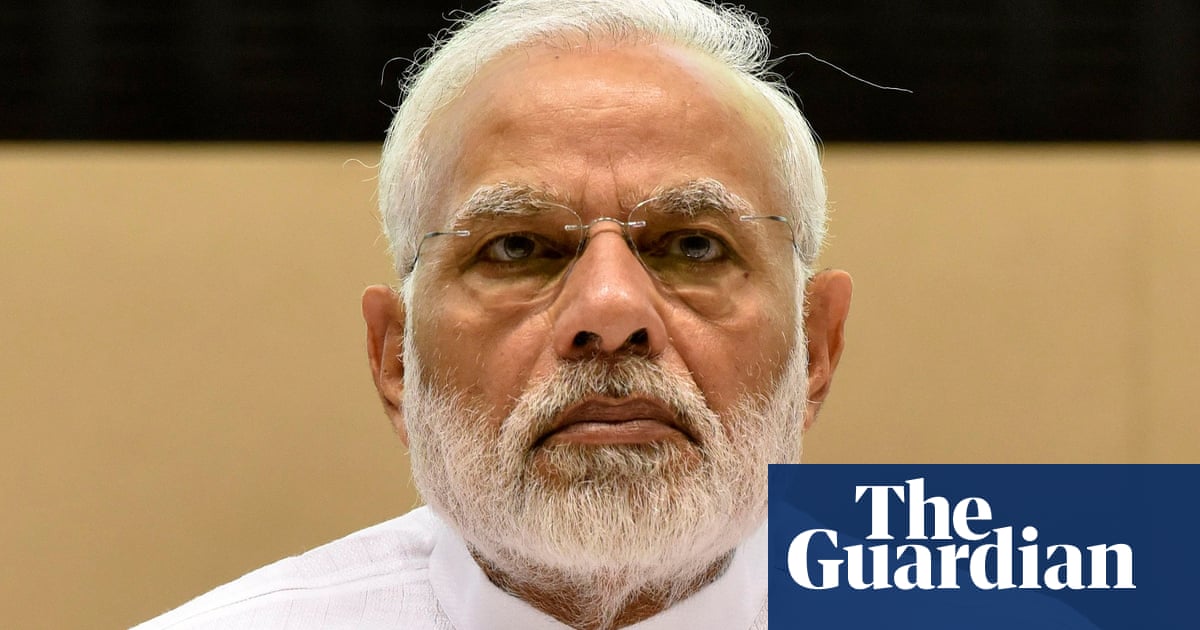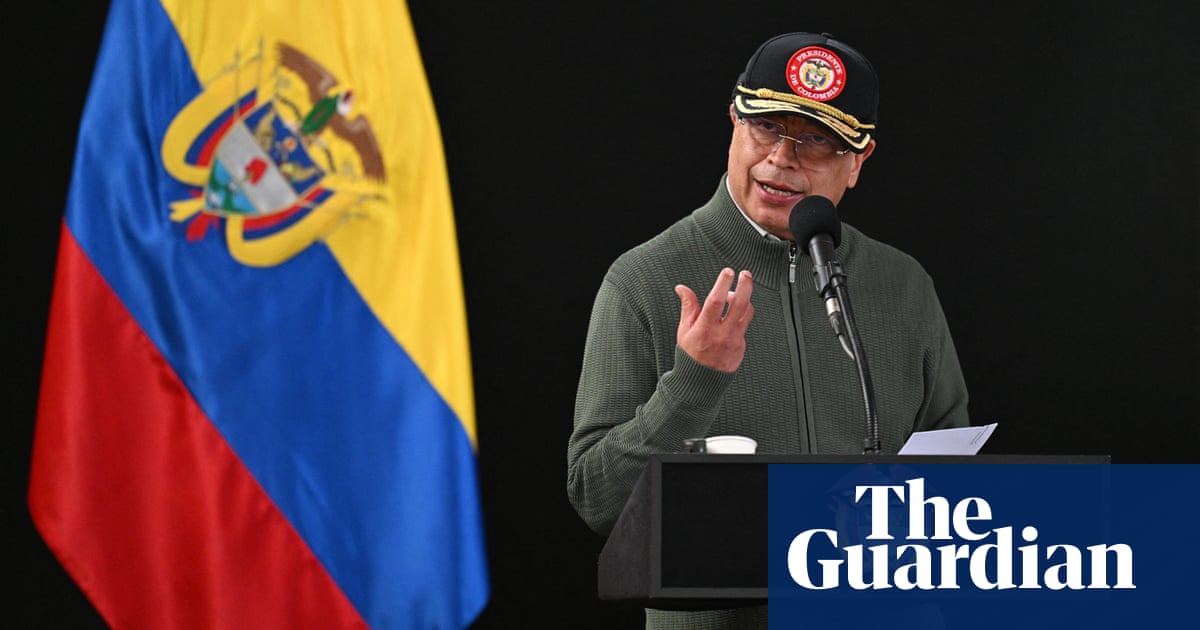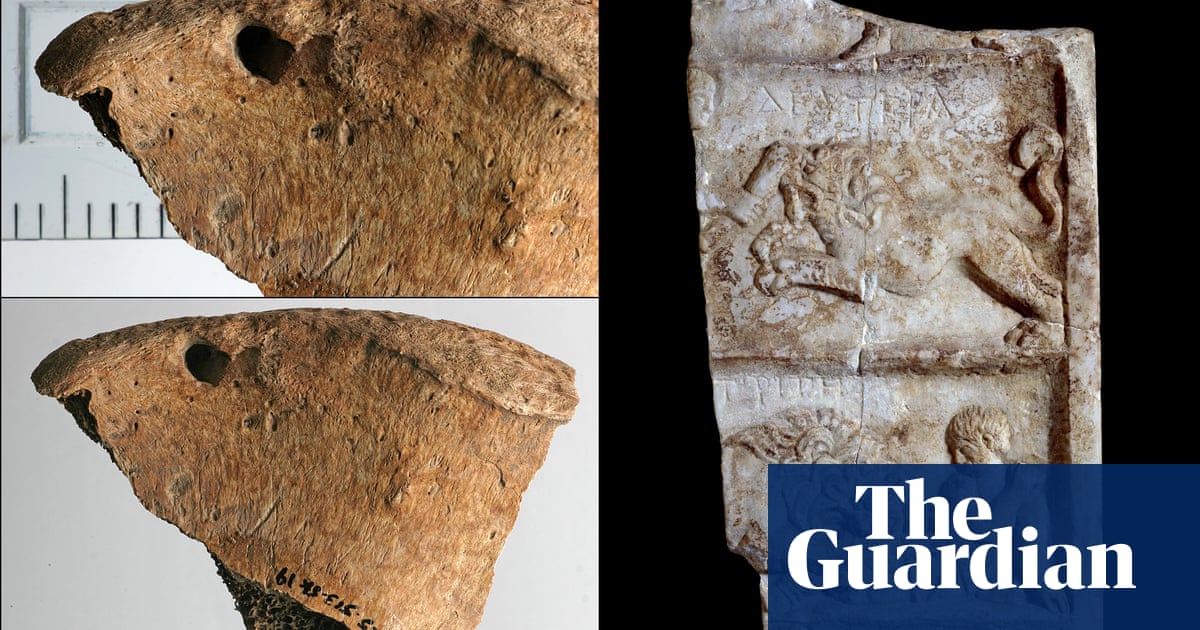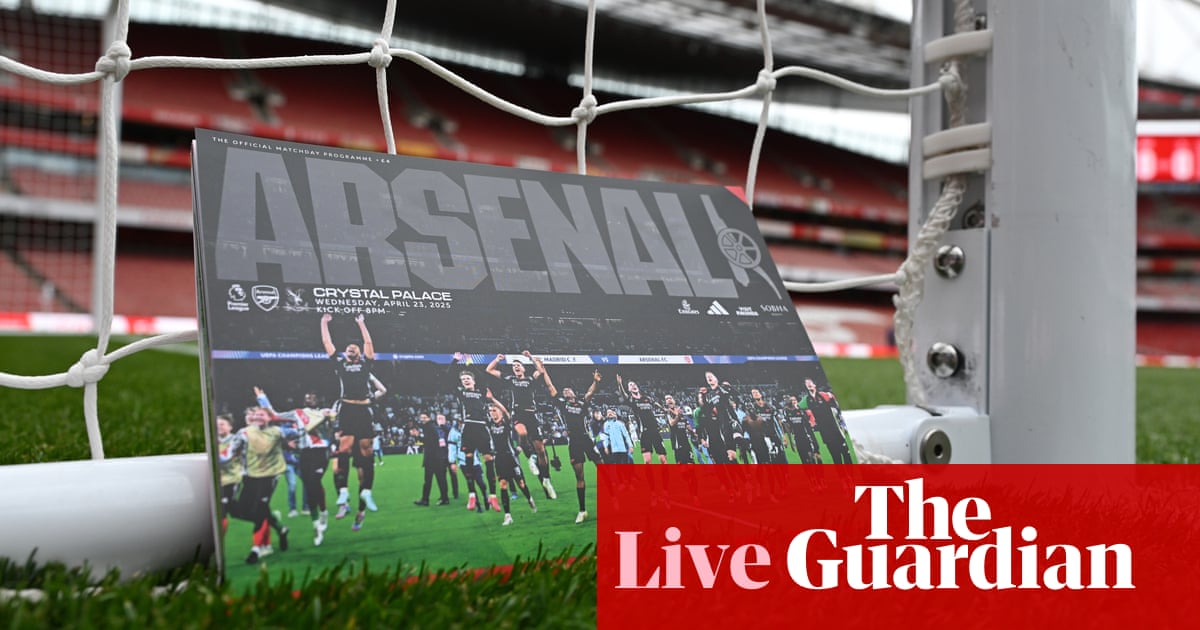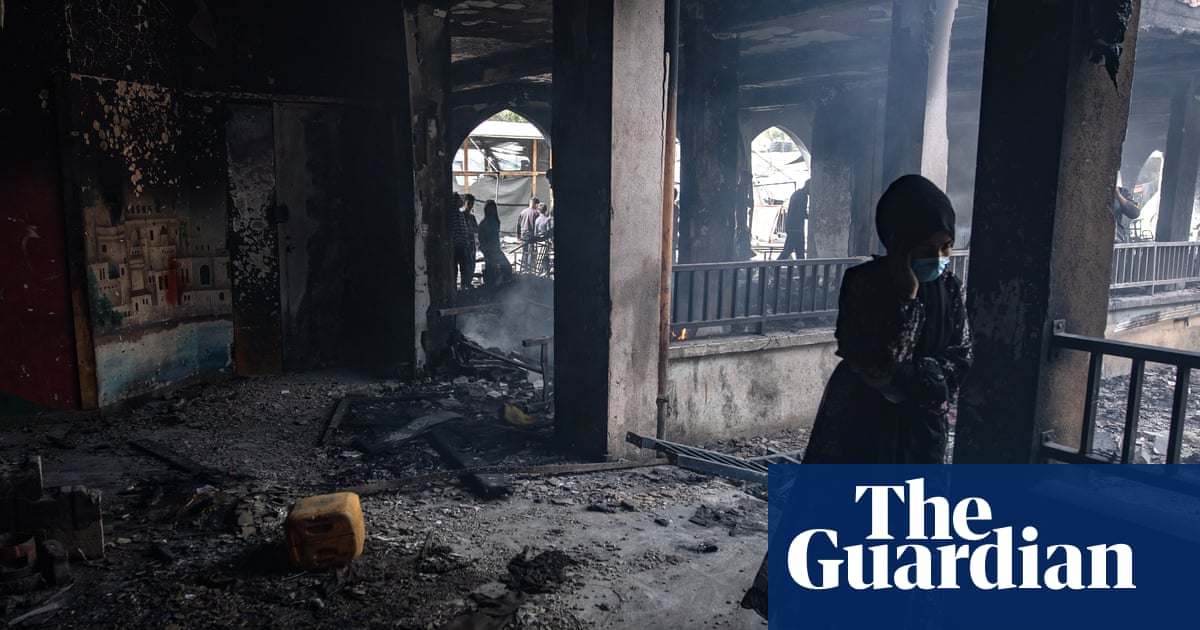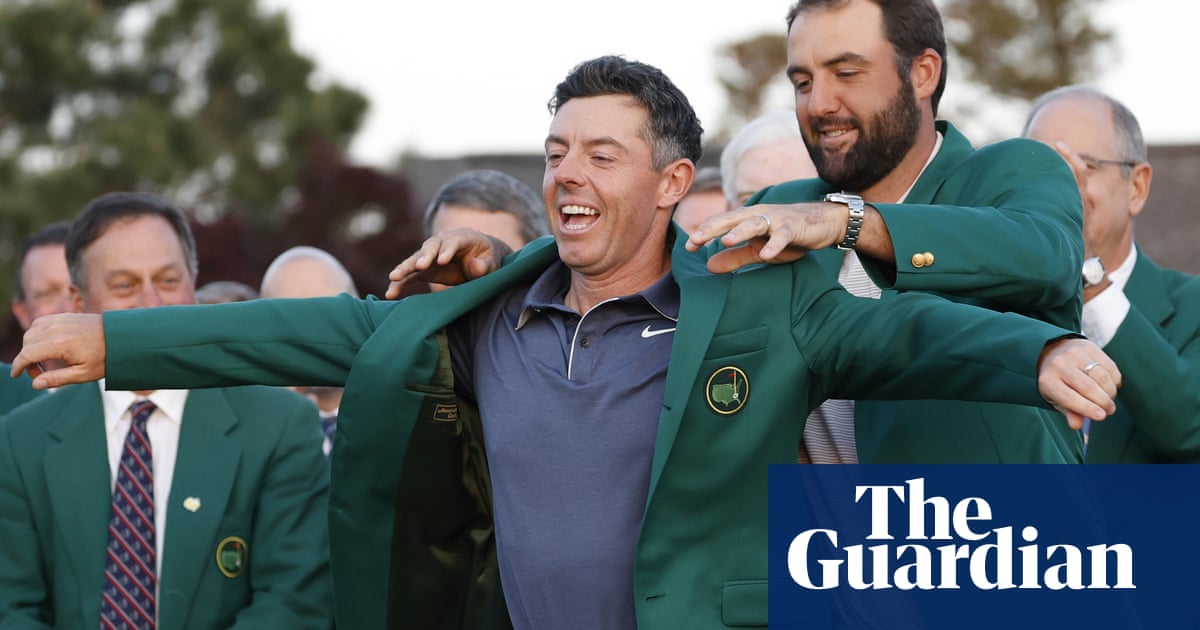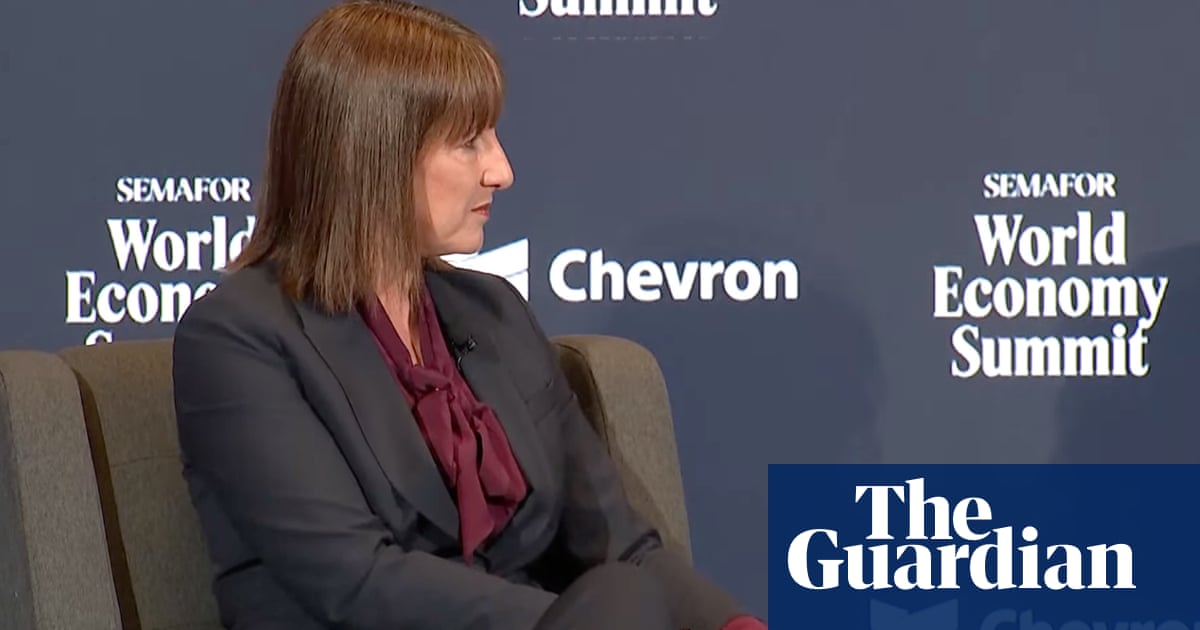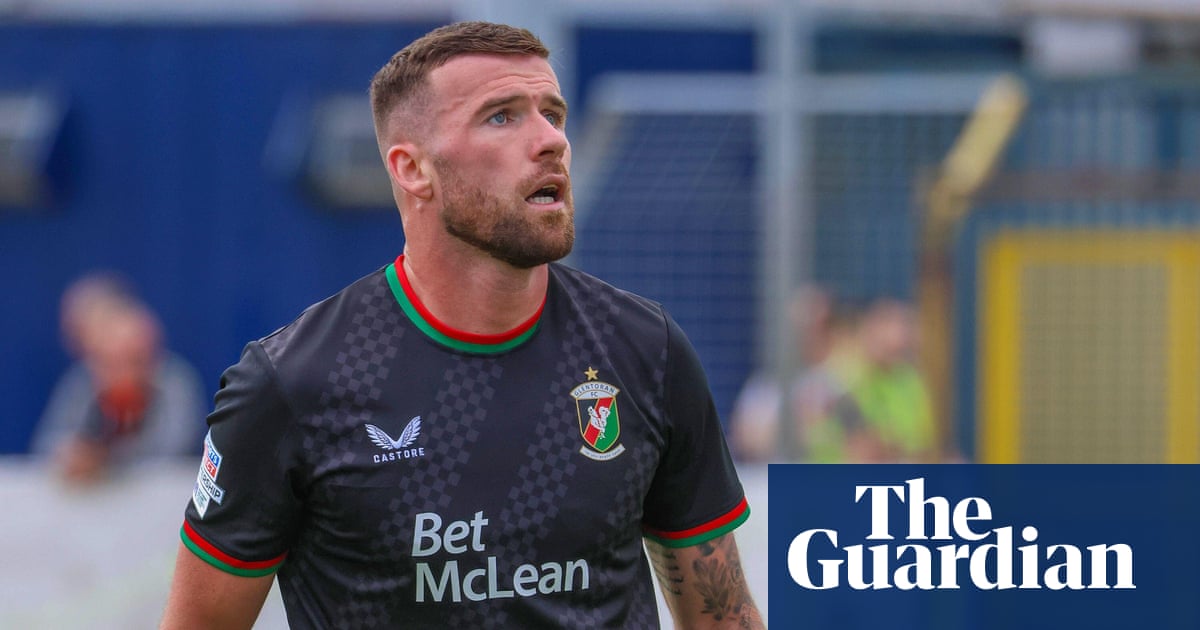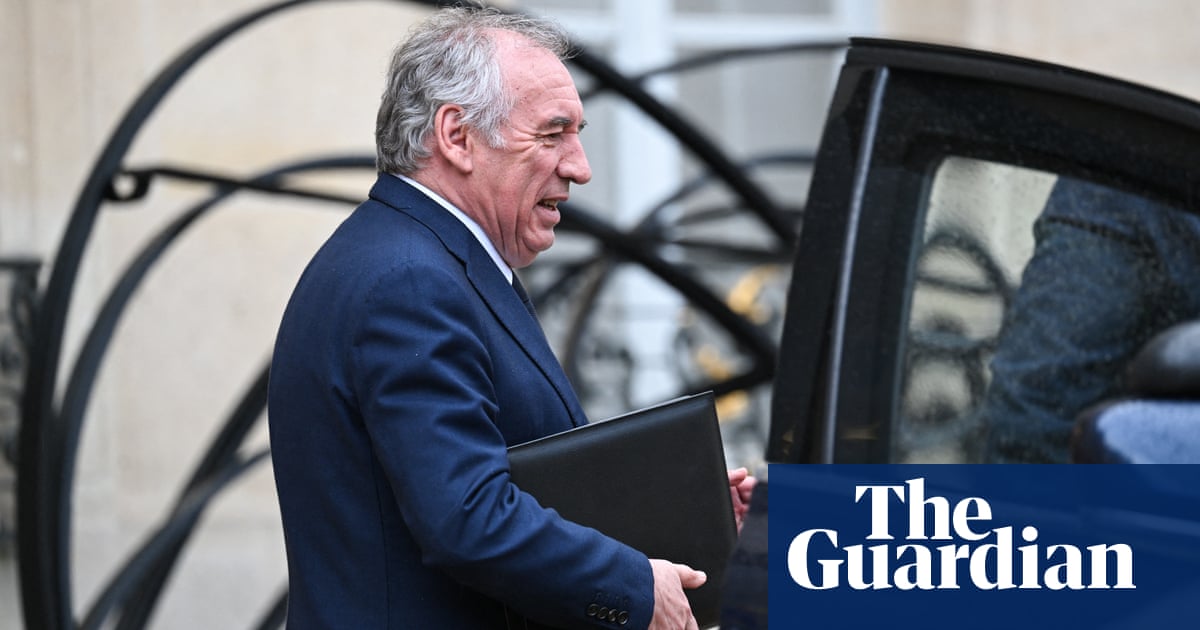“We’re well used to seeing established internationals from Brazil, Argentina, Uruguay et al plying their trade in Europe’s top leagues, but are there any examples of the opposite: Europeans enjoying an extended spell playing in South America while also turning out for their respective (top) nations?” asks Ian Clover.
It remains incredibly rare for a high-profile European player to move to South America at or near their peak. The most famous, at least in this country, might be Manchester City legend Georgi Kinkladze. In the summer of 1994, a year before moving to City from Dinamo Tbilisi, Kinkladze spent a month on loan at Boca Juniors. It was effectively a trial after he was spotted by Boca’s scouts while playing against a Boca team during another trial with Atlético Madrid. Kinkladze got to share a dressing room, and occasionally even a training pitch, with his idol Diego Maradona, who was serving a drugs ban after USA 94.
By this stage Kinkladze was a key member of the emerging Georgia side that thrashed Wales 5-0 later that year. A few websites state that he played three games for Boca; they may have been friendlies as we can find no record on this comprehensive Boca history website. Either way he wasn’t offered a permanent contract.
Thanks to Dirk Maas for pointing us in Kinkladze’s direction, and for these other examples. “Krzysztof Nowak played and scored for Poland against Georgia in a World Cup 1998 qualifier while playing for Atlético Paranaense in Brazil,” writes Dirk. “Some notable other players in non-competitive matches: Dejan Petkovic, previously of Real Madrid, played for Vitória in Brazil in 1998, while representing Yugoslavia in a friendly match against … Brazil. Mariusz Piekarski was with Flamengo in 1998 while playing for Poland against Paraguay.”
The Bulgarian Velko Yotov, an unused member of the squad that reached the semi-finals of USA 94, won the last of his seven caps in a friendly against Argentina in February 1995. Five months later he moved from the Spanish club Espanyol to Newell’s Old Boys, where he spent four injury-hit years. His high point was the final goal in a famous win over River Plate in November 1995.
While Yotov moved in his mid-20s, the most high-profile Europeans to play in South America have done so towards the end of their careers, by which time they were no longer playing for their national teams. The list includes David Trezeguet (River Plate and Newell’s Old Boys), Daniele De Rossi (Boca Juniors), Clarence Seedorf (Botafogo-RJ), Dimitri Payet (Vasco de Gama) and Martin Braithwaite (Grêmio). Strictly speaking they don’t count as answers to the original question, because they weren’t/aren’t playing international football, but we’ll take any opportunity to post a picture of Clarence Seedorf in a Botafogo shirt.

Finally, Charlie Mitten, probably the most famous English player to join a South American team, did not play international football despite the success he had at Manchester United before joining Independiente Santa Fe.
Lethal shots on target
“In the recent Premier League match, Manchester United 1-3 Brighton was both the score and the number of shots on target. What’s the highest scoring game where all shots on target resulted in a goal?” asks Mark Holt.
Andrew Beasley has unearthed a cracking answer to this one: Houston Dynamo 4-4 Sporting Kansas City in MLS from 2015. The teams had 29 shots between them, eight on target, and neither keeper made a save. You can see all the vital statistics here.

No goals of the month
“So, Gillingham didn’t score any goals themselves in January, leading to this Goal of the Month announcement,” begins Law Martin. “They did, however, benefit from Grimsby and Tranmere both scoring own goals. It feels like a rare occurrence for all of a team’s goals to only be scored by the opposition in a month – has it happened before? And what is the longest a team has gone without one of their players scoring a goal?”
If you think Manchester United are bad now, you should have seen them in April 1989. With their season drifting into what the United writer Richard Kurt called “a nihilistic nothingness”, they played five games in April and scored only one goal – the infamous slice from Tony Adams that led to him being depicted as a donkey on the back of the Daily Mirror. After a goal drought of 38 days in the calendar and 694 minutes on the pitch, during which the Old Trafford attendance dropped below 25,000, Brian McClair scored an 89th-minute winner against Wimbledon on 2 May.”

Gillingham finally scored a goal of their own in Saturday’s 2-1 defeat by Notts County, ending their run at 43 days and 652 minutes of actual football. The longest run we can find is Hartlepool United in 1993. They got the year off to a flyer with a shock FA Cup victory over Crystal Palace, when a debatable late penalty from Andy Saville gave them a 1-0 victory. Hartlepool then failed to score in 13 consecutive games across a two-month period; they weren’t even donated an own goal.
Finally, after 63 days and more than 20 hours of football (we make it 1,229 minutes, though it has also been reported as 1,277), Saville equalised at Blackpool to earn a 1-1 draw. In those 63 days Hartlepool dropped from fourth in the table to 16th, which is where they finished the season after a relative orgy of goals: 13 in the last 14 games.
Botafogo (an apology)
We try to insert at least one howler into every Knowledge article. Last week’s was one our best/worst …
“Sorry for the pedantry,” writes David, who really isn’t the one who should be apologising, “but you posted a photo of the wrong Botafogo. The Botafogo that went unbeaten in the 1977 Brazilian championship was the one from Rio de Janeiro, Botafogo de Futebol e Regatas or Botafogo-RJ. The Botafogo on the photo that you posted is the one from Ribeirão Preto, São Paulo State, ie Botafogo Futebol Clube, also known as Botafogo-SP, including, if I’m not wrong myself, a very young Sócrates, front row, second from the left.”
Knowledge archive
“Nottingham Forest went from losing 5-0 last weekend to winning 7-0 this weekend in the Premier League – is this 12-goal swing the biggest between two concurrent fixtures from the same team?” asks Dean Whearty.
We had a similar question in October 2019, when Bohemians won 10-1 and lost 6-1 in successive games. Here’s what we said back then:
So, 14’s the score to beat. Earlier this month, symmetrical swings also added up to that number in the Northern Premier League, as Richard Worrall observes. “Buxton FC had a 7-0 home win (v Grantham Town) on 8 October; four days later on 12 October they lost by a similar score playing away to FC United.”
“Funnily enough we just saw a bigger swing in the World Cup qualifiers,” says Chris Page. “Iran registered a 14-0 win over Cambodia, before falling 1-0 to Bahrain five days later. That’s a swing of 15.”
Eighty years ago, Robert Kaye reckons Hull City matched the 15-goal swing: on 31 December 1938 they lost 2-6 to Bradford City, but next time out – on 14 January – they thumped Carlisle 11-0.
However, the Oceania 2002 World Cup qualifying campaign can trump it, says Pablo Miguez. “Tonga defeated Samoa 1-0 in the opening game. They faced Australia in the second match, losing 22-0.”
Meanwhile, Chris Rawson found two teams playing back-to-back in late 1963, with a nine-goal swing ensuing: “On Boxing Day, Burnley hosted Manchester United (Bobby Charlton et al) at Turf Moor and ran out 6-1 winners, with future United star Willie Morgan scoring twice in front of 35,764. Two days later, the reverse fixture was held at Old Trafford, with United winning 5-1 having brought back the 17-year-old George Best to wear the No 11 shirt!”
Page has the final word, however. “You’d be hard pressed to topple AS Adema’s tally from 2002. On 31 October they recorded their famous world record 149-0 win over SO l’Emyrne. Ten days later, they were eliminated from the Coupe de Madagascar, losing 3-2 to Fifafifi Toamasina. That’s a swing of 150. I can’t imagine anyone else having a greater fall from grace than that.” So: anyone have 151?
Can you help?
“Aston Villa’s Morgan Rogers scored his second goal against Celtic in the fifth minute and his third in the 91st. Has there been a longer wait to complete a hat-trick?” ask several readers.
“There are many football statues that depict players or managers from games that they won,” notes Masai Graham. “Think Tony Adams’s arms aloft, Bob Stokoe’s Wembley dance or Tom Finney’s slide tackle in their wins against Everton, Leeds United and Chelsea, respectively. Are there any statues depicting players from games that they lost?”
“Andrew Robertson and Kostas Tsimikas made a combined 239 starts for Liverpool since the latter joined before finally starting together against PSV this week. Excluding goalkeepers, are there any known instances of teammates waiting longer before starting a game together?” wonders Richard Forsythe.
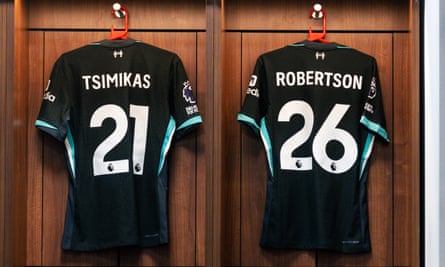
“As a Spurs fan watching the Europa League match against Elfsborg, I was wondering if there have ever been three younger goalscorers in a senior match than Mikey Moore (17), Damola Ajayi (19) and Dane Scarlett (20)? Also have there been any other occasions when three players all scored their first senior goals in the same match?” asks Paul Gage.
“Who’s the shortest player to score a header in men’s senior football?” wonders Brandon Martin-Moore.

.png) 2 months ago
22
2 months ago
22
